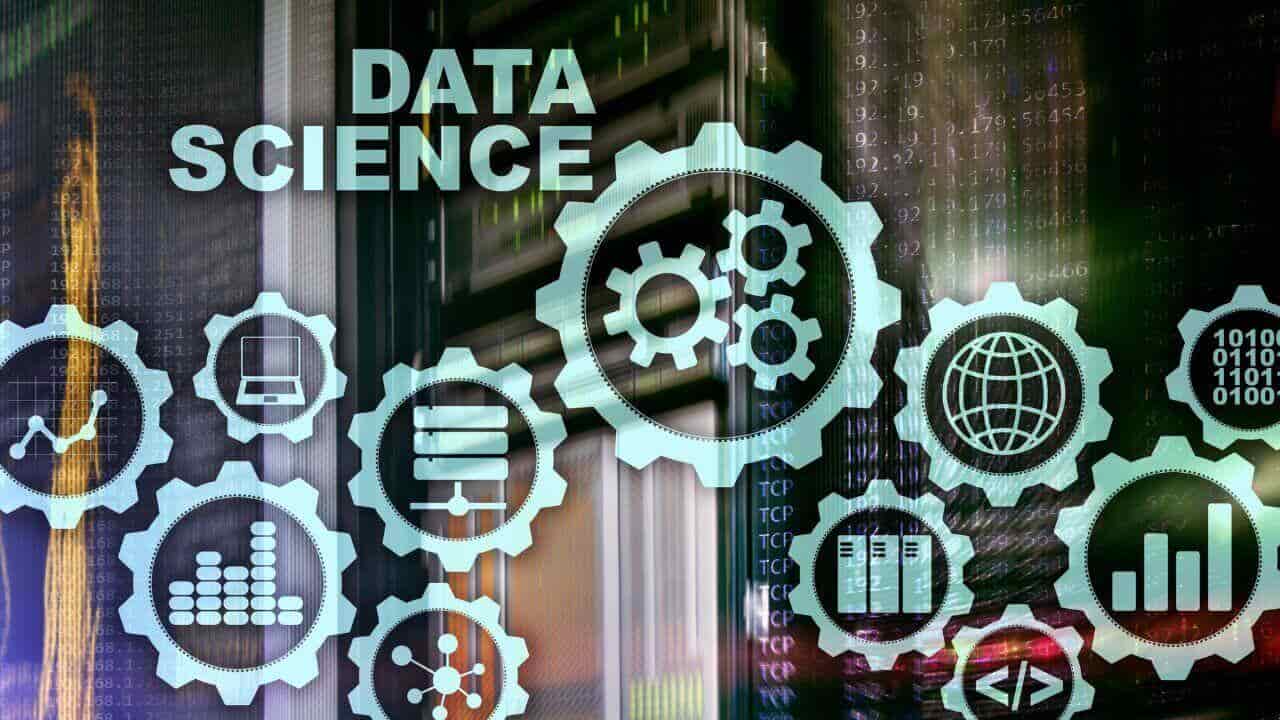Data Science in Healthcare: Personalized Medicine and Genomic Analysis
Introduction
Healthcare has always been at the crossroads of science and technology. With the advent of data science, the industry is undergoing a revolution, particularly in the realm of personalized medicine and genomic analysis. This article delves into the transformative power of data science in ushering a new era of patient-specific treatments and insights.Its important to understand the basics of Data science. You can also learn data science basics and understand what is data science.
1. The Confluence of Data Science and Healthcare
1.1 Historical Overview: A brief on how data analytics has been used in healthcare before the advent of advanced data science.
1.2 The Data Revolution: The explosion of health-related data sources, from electronic health records (EHRs) to wearable tech.
2. Introduction to Personalized Medicine
2.1 Definition: Understanding personalized medicine as a tailored healthcare approach based on individual variability.
2.2 The Promise: How personalized medicine stands to revolutionize treatments, drug prescriptions, and preventive strategies.
3. Genomic Analysis: The Cornerstone of Personalized Medicine
3.1 Genomic Data: Decoding the immense data contained within human DNA.
3.2 Genomic Medicine: The study and application of genomes in the diagnosis, treatment, and prediction of disease.Machine Learning also important aspect of data science for geometric data but Full stack is also a main aspect of it. Full Stack Developer can easily learn AI as they have prior knowledge of Programming.
4. Data Science Techniques in Genomic Analysis
4.1 Sequence Alignment: Using algorithms to compare primary sequences of DNA, RNA, and proteins.
4.2 Variant Calling: Identifying variants from sequence data.
4.3 Functional Genomics: Using statistical approaches to link genetic variants with biological functions.
5. Real-world Applications
5.1 Pharmacogenomics: Tailoring drug prescriptions based on a patient’s genetic makeup to optimize therapeutic effects and minimize adverse reactions.
5.2 Disease Prediction: Using genomic data to assess individual risks for specific diseases.
5.3 Treatment Personalization: Crafting individualized treatment plans based on a patient’s genomic and clinical data.
6. Challenges and Ethical Considerations
6.1 Data Privacy: Safeguarding sensitive genetic data.
6.2 Interpretability: Ensuring genomic data results are interpretable and actionable.
6.3 Ethical Dilemmas: From gene editing controversies to the potential for genetic discrimination.
7. Case Studies
7.1 BRCA1/2 Testing: How genetic testing for specific mutations has revolutionized breast cancer prediction and treatment.
7.2 Cystic Fibrosis: Tailoring treatments based on individual genetic mutations.
8. Future Prospects
8.1 Integrating Multi-omics: Combining genomics with other “omics” (e.g., proteomics, metabolomics) for a holistic understanding.
8.2 Democratizing Genomic Medicine: Making personalized medicine accessible and affordable for all.
9. Tools and Technologies
9.1 Genome Sequencing Technologies: From next-generation sequencing to CRISPR.
9.2 Data Platforms and Tools: Bioinformatics platforms and tools that are propelling genomic data analysis.
Conclusion
The union of data science and healthcare offers a promising horizon where treatments become more effective, side effects are minimized, and healthcare strategies are tailored to individuals. Data science understanding required AI knowledge, you can learn AI and Data science from Data Science Course .As we stand on the precipice of this new era, the intertwined paths of genomic analysis and personalized medicine beckon a future where healthcare is truly individualized.

